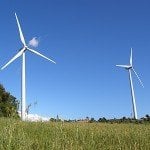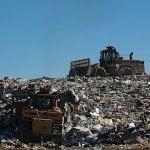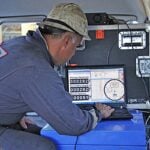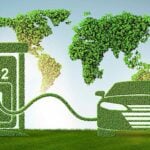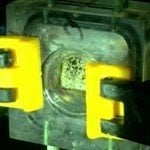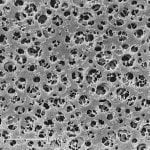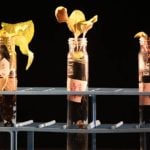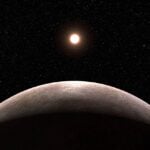Dust is a nuisance for everyone on Earth, but it turns out humanity’s dust-related concerns are a bit more universal. In fact, dust mitigation has been an issue for astronauts since the Apollo mission. It clogs mechanisms, causes radiators to overheat, interferes with instruments, tears up spacesuits, and is detrimental to human lungs if inhaled. [1]
However, space dust may have finally met its match.
A new kind of moon spacesuit fabric that could “repel lunar dust on demand” is under development by a team at Hawai’i Pacific University (HPU), and it’s so promising that NASA itself just gave it a $50,000 grant. [2]
The prototype is flexible, stretchable, and will be built to use electrostatic forces to repel pesky, corrosive moon dust, keeping the sharp particles from damaging spacesuits.
The new technology is called Liquid Metal Electrostatic Protective Textile (or LiqMEST) and is one of a few aims to address the Apollo astronauts’ dusty issues. [3]
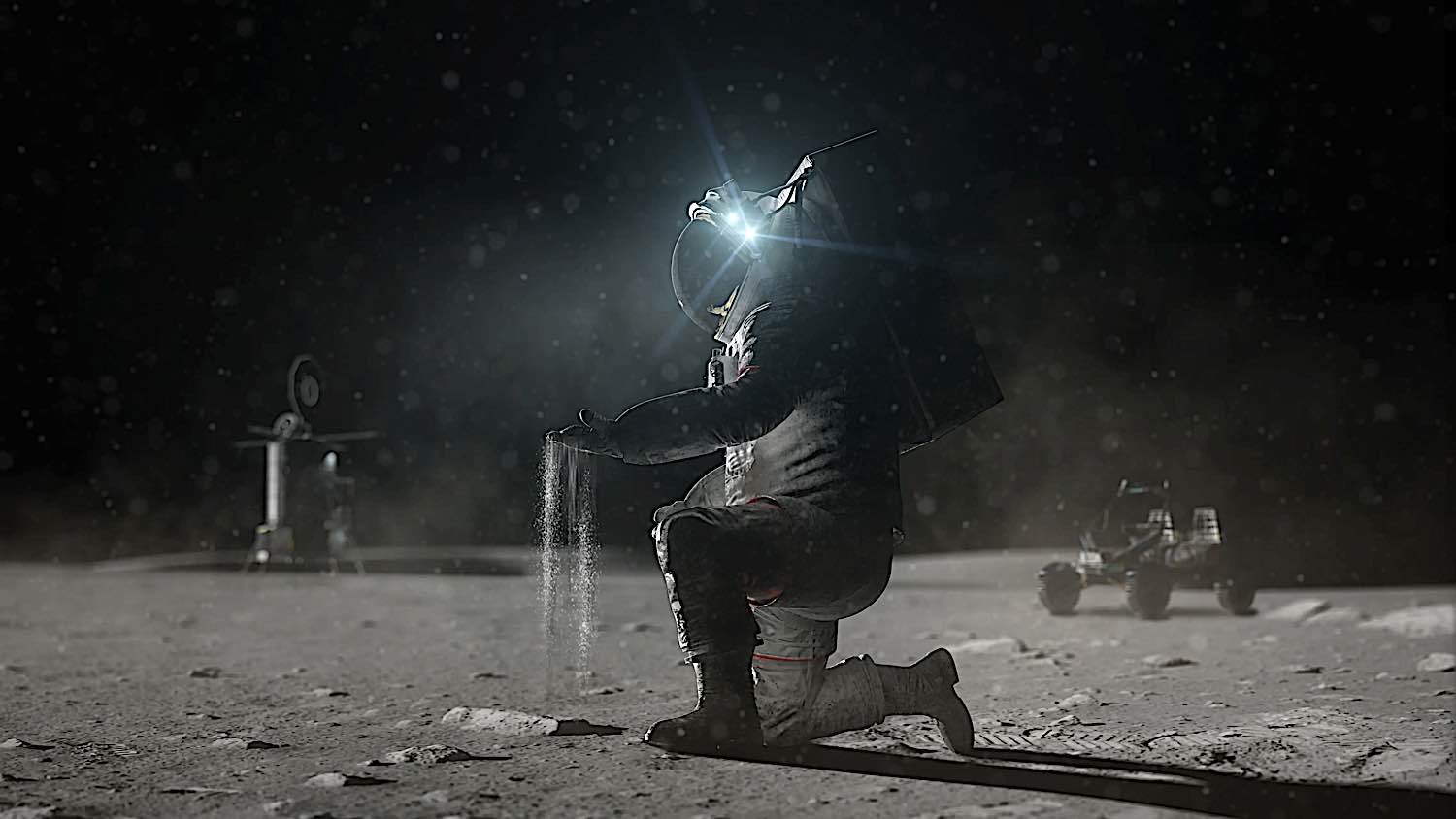
Why space dust is such a formidable foe
Dust on Earth is made up largely of dead cells, dirt, pollen, fibers, and other similarly fine matter. In contrast, the dust in on the Moon is made up of crushed rock.
Sharon Miller, the passive dust shedding material program’s principal investigator at NASA Glenn, said that, “we learned from Apollo that lunar dust can be less than 20 microns (about 0.00078 inches) in size. The dust is very fine, abrasive and sharp, like tiny pieces of glass, making it more of a dangerous threat than just a simple nuisance.” [4]
Additionally, dust on Earth is smoothed out by erosion. Water running over pebbles, constant breezes, or even humans and animals trampling over a field, there are many Earthbound phenomena that make dust particles roundish and therefore relatively safe and easy to deal with.
However, as Dr. Erica Montbach, project manager of lunar dust mitigation at Glenn notes, “there is no erosion on the Moon. That’s one of the things that surprised me. When I first started, I thought, ‘What’s the big deal, we deal with dust on Earth a lot.’ It’s different because there is no erosion, so those individual particles end up being very sharp and angular. It is very damaging in ways that we don’t see on Earth.” [5]
What’s more, Moon dust isn’t packed down like dust on Earth is. Any activity on the surface has the potential to kick up bucketfuls of dust. Then there is also the issue of location; Moon dust looks and behaves differently depending on whether it’s located on the Moon’s equator, highlands, or the dark side. For example, the sun-facing side has dust with a positive electrical charge as it’s always exposed to solar radiation. This means that it clings onto everything it comes into contact with, much like static on Earth. [6]
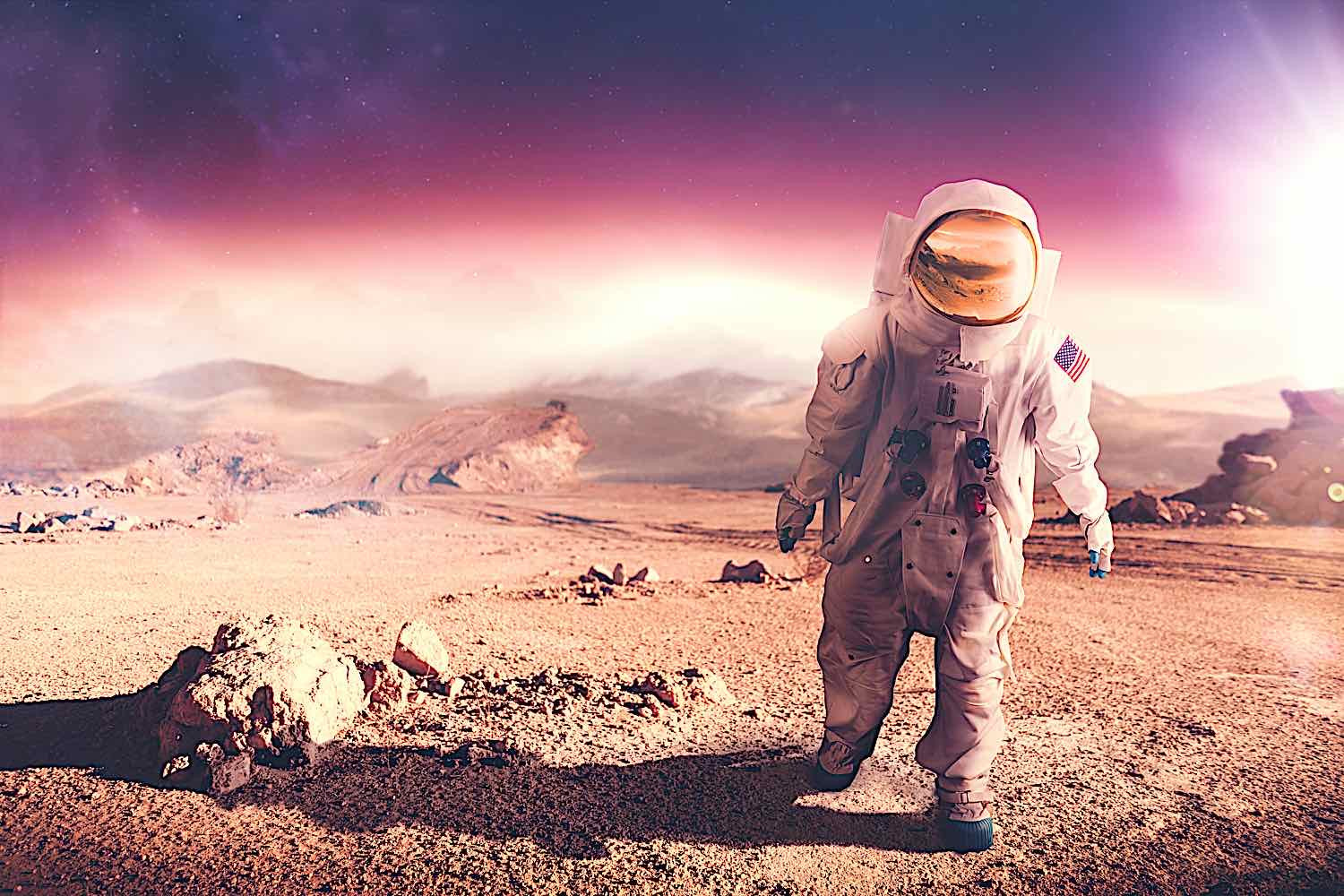
Fifty years after the lunar landing, we’re still working on it
NASA’s Apollo astronauts grappled with lunar dust in the 60s and 70s, frustrations mounting as it quickly corroded important (and expensive) surfaces like rover dust shields.
Fifty years later, scientists and researchers are still working to solve this issue. Agency officials note that it’s one of six main challenges that must be addressed in order to establish long-term astronaut habitats on the moon. [7]
NASA plans to put man on the moon once again in either 2025 or 2026 with its Artemis program. This timeline depends on the progress of Artemis 2’s crewed flight around the moon (planned for 2024) and Artemis 3’s lander and spacesuit development (the program stage that aims to bring a crew to the lunar surface). [8]
As such, time is running out to find a material that can meet lunar dust’s challenges.
The prototype that may change everything
LiqMEST’s most notable feature is its dust repellent properties. Arif Rahman, an HPU assistant engineering professor who led the grant proposal, said in a statement that, “when activated, it generates an electric field that repels lunar dust, preventing the dust from adhering. This strategy can be applied both to spacesuits and fabric covers for lunar equipment during moon missions.” [9]
The new fabric technology will also allow astronauts flexibility in the rugged conditions that they will face. Rahman looks to build a prototype using the $50,000 grant received from NASA’s Minority University Research and Education Project (MURAP).
If all goes to plan, Rahman will submit a new grant proposal to NASA, eventually looking to use the material in space. NASA has multiple levels of technology readiness that products must pass before being certified for use in space, and this process typically takes years to undergo.
HPU’s electrostatic tech isn’t the only promising candidate for battling lunar dust. NASA has also tested a fabric variant on the exterior of the International Space Station in a project series called the Materials International Space Station Experiment, or MISSE. These experiments put materials in trying orbital conditions for months at a time, exposed to a vacuum and high solar radiation levels.
A team at NASA’s Kennedy Space Center (KSC) attached an electrodynamic dust shield to the ISS during MISSE-11, the first test in the series that explored the efficacy of dust-repelling tech in space. It showed promise, as ground tests before the flight suggested that electrodes on glass could remove “more than 98% of dust under high vacuum conditions,”, according to a publication from the team for the Lunar Dust Workshop in February 2020, which was hosted by the Universities Space Research Association in Houston. [10]
Analysis on this shield is thought to be ongoing as the MISSE-11 results are not yet available on NASA’s ISS experiment website. MISSE-15, a follow-up mission including the shield, launched in 2021 and its results have also not yet been posted.
Sources
[1] [4] [5] [6]
NASA – Dust: An out-of-this world problem
[2] [3] [7] – [10]

